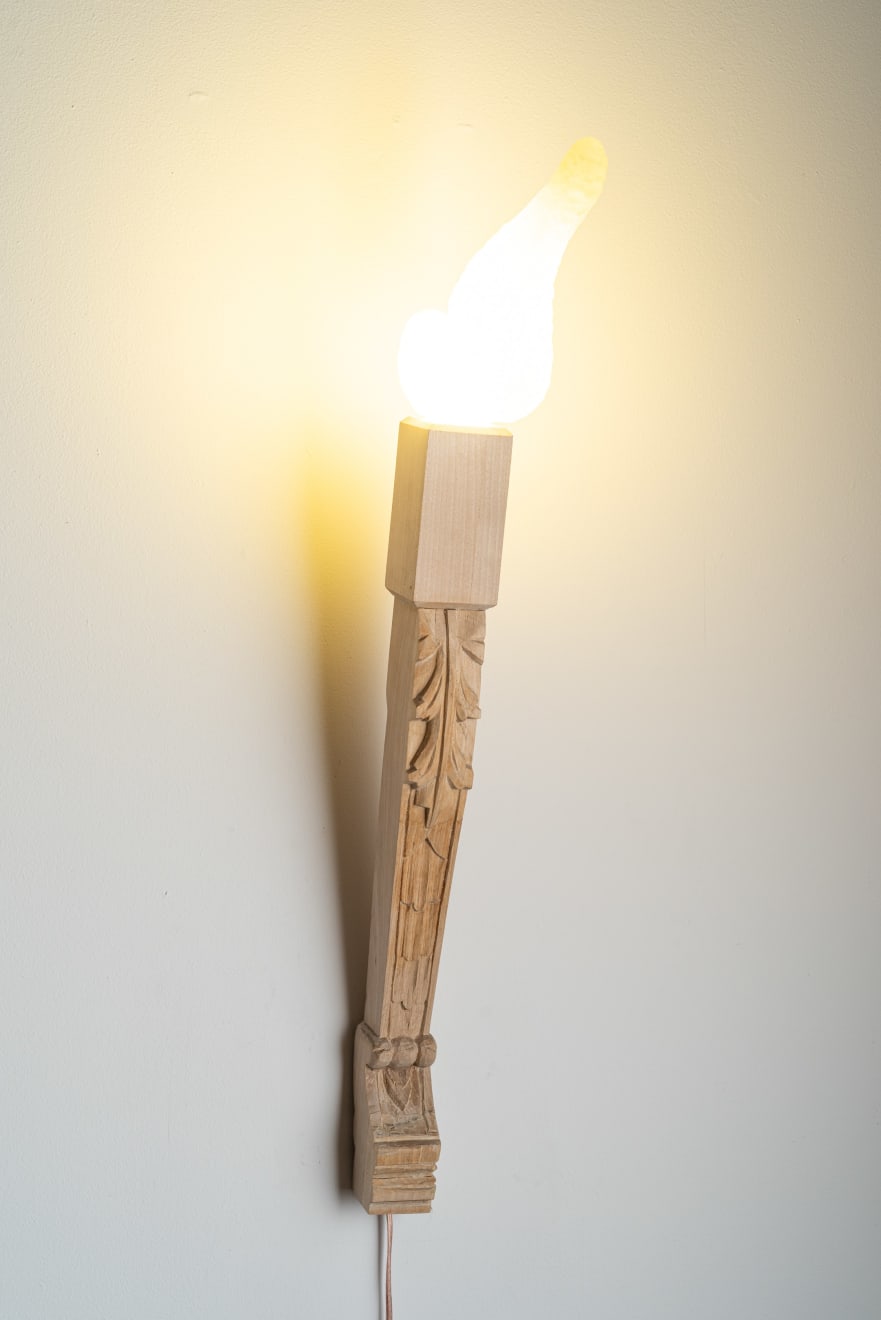Open a larger version of the following image in a popup:
 Photography by Jonas Balsevičius
Photography by Jonas Balsevičius
 Photography by Jonas Balsevičius
Photography by Jonas Balsevičius
Open a larger version of the following image in a popup:
 Photography by Jonas Balsevičius
Photography by Jonas Balsevičius
 Photography by Jonas Balsevičius
Photography by Jonas Balsevičius
Open a larger version of the following image in a popup:
 Photography by Jonas Balsevičius
Photography by Jonas Balsevičius
 Photography by Jonas Balsevičius
Photography by Jonas Balsevičius
Open a larger version of the following image in a popup:
 Photography by Jonas Balsevičius
Photography by Jonas Balsevičius
 Photography by Jonas Balsevičius
Photography by Jonas Balsevičius
Open a larger version of the following image in a popup:
 Photography by Jonas Balsevičius
Photography by Jonas Balsevičius
 Photography by Jonas Balsevičius
Photography by Jonas Balsevičius
Open a larger version of the following image in a popup:
 Photography by Jonas Balsevičius
Photography by Jonas Balsevičius
 Photography by Jonas Balsevičius
Photography by Jonas Balsevičius
Open a larger version of the following image in a popup:
 Photography by Jonas Balsevičius
Photography by Jonas Balsevičius
 Photography by Jonas Balsevičius
Photography by Jonas Balsevičius
Open a larger version of the following image in a popup:
 Photography by Jonas Balsevičius
Photography by Jonas Balsevičius
 Photography by Jonas Balsevičius
Photography by Jonas Balsevičius
Open a larger version of the following image in a popup:
 Photography by Jonas Balsevičius
Photography by Jonas Balsevičius
 Photography by Jonas Balsevičius
Photography by Jonas Balsevičius
Open a larger version of the following image in a popup:
 Photography by Jonas Balsevičius
Photography by Jonas Balsevičius
 Photography by Jonas Balsevičius
Photography by Jonas Balsevičius
Open a larger version of the following image in a popup:
 Photography by Jonas Balsevičius
Photography by Jonas Balsevičius
 Photography by Jonas Balsevičius
Photography by Jonas Balsevičius
Open a larger version of the following image in a popup:
 Photography by Jonas Balsevičius
Photography by Jonas Balsevičius
 Photography by Jonas Balsevičius
Photography by Jonas Balsevičius
Open a larger version of the following image in a popup:
 Photography by Jonas Balsevičius
Photography by Jonas Balsevičius
 Photography by Jonas Balsevičius
Photography by Jonas Balsevičius
Open a larger version of the following image in a popup:
 Photography Jonas Balsevičius
Photography Jonas Balsevičius
 Photography Jonas Balsevičius
Photography Jonas Balsevičius
Open a larger version of the following image in a popup:
 Photography Jonas Balsevičius
Photography Jonas Balsevičius
 Photography Jonas Balsevičius
Photography Jonas Balsevičius
Open a larger version of the following image in a popup:
 Photography by Jonas Balsevičius
Photography by Jonas Balsevičius
 Photography by Jonas Balsevičius
Photography by Jonas Balsevičius
Open a larger version of the following image in a popup:
 Photography by Jonas Balsevičius
Photography by Jonas Balsevičius
 Photography by Jonas Balsevičius
Photography by Jonas Balsevičius
Open a larger version of the following image in a popup:
 Photography Jonas Balsevičius
Photography Jonas Balsevičius
 Photography Jonas Balsevičius
Photography Jonas Balsevičius
Open a larger version of the following image in a popup:
 Anatomy of the Fetish at galerija VARTAI
Photography by Darius Petrulaitis
Anatomy of the Fetish at galerija VARTAI
Photography by Darius Petrulaitis
 Anatomy of the Fetish at galerija VARTAI
Photography by Darius Petrulaitis
Anatomy of the Fetish at galerija VARTAI
Photography by Darius Petrulaitis
Open a larger version of the following image in a popup:
 Photography by Darius Petrulaitis
Photography by Darius Petrulaitis
 Photography by Darius Petrulaitis
Photography by Darius Petrulaitis
Marija Puipaitė Lithuanian, b. 1987
In collaboration with Goda Palekaitė "Keturi humorai" / "Four Humours", 2023
Spalvotas stiklas, buko mediena, beržas, halogeninės lemputės, kabeliai /
Coloured glass, beech wood, birch, halogen bulbs, cables
Coloured glass, beech wood, birch, halogen bulbs, cables
69 x 160 x 10 cm
27 x 63 x 4 in
27 x 63 x 4 in
Edition of 4 plus 1 artist's proof
Further images
-
(View a larger image of thumbnail 1
)

-
(View a larger image of thumbnail 2
)

-
(View a larger image of thumbnail 3
)

-
(View a larger image of thumbnail 4
)

-
(View a larger image of thumbnail 5
)

-
(View a larger image of thumbnail 6
)

-
(View a larger image of thumbnail 7
)

-
(View a larger image of thumbnail 8
)

-
(View a larger image of thumbnail 9
)

-
(View a larger image of thumbnail 10
)

-
(View a larger image of thumbnail 11
)

-
(View a larger image of thumbnail 12
)

-
(View a larger image of thumbnail 13
)

-
(View a larger image of thumbnail 14
)

-
(View a larger image of thumbnail 15
)

-
(View a larger image of thumbnail 16
)

-
(View a larger image of thumbnail 17
)

-
(View a larger image of thumbnail 18
)

-
(View a larger image of thumbnail 19
)

-
(View a larger image of thumbnail 20
)

These collaborative works by Goda Palekaitė and Marija Puipaitė introduce the Four Humours theory, which was the most wide-spread medical theory up until the 19th century. Based on Ancient Egyptian...
These collaborative works by Goda Palekaitė and Marija Puipaitė introduce the Four Humours theory, which was the most wide-spread medical theory up until the 19th century. Based on Ancient Egyptian wisdom and systematised by Hippocrates and Galen, humorism claims that a human body consists of four humours, or vital bodily fluids: blood, phlegm, yellow bile, and black bile. The balance of these determines our physical and mental health; our tendencies and character (the character types being sanguine, phlegmatic, choleric and melancholic accordingly); whether we are of cold or hot, dry or wet temper; and whether we are closer to earth, water, air or fire. The four elements are also directly connected to star constellations.
In these sculptures, glass shapes of the human organs responsible for producing the humours (heart, lung, pancreas and spleen) meet the legs of a pseudo-historical chair to form Venetian Renaissance street torches. With Four Humours, the artists propose to see this pre-modern science as an enlightened, holistic approach towards which contemporary medicine is gravitating again: recognizing our body through different perspectives, when our nutrition, habits, psychology, material and cosmic environment all form an interconnected system.
Produced with the assistance of Paloma Bouhana, Jesse Magee and Lina Šuminaitė.
In these sculptures, glass shapes of the human organs responsible for producing the humours (heart, lung, pancreas and spleen) meet the legs of a pseudo-historical chair to form Venetian Renaissance street torches. With Four Humours, the artists propose to see this pre-modern science as an enlightened, holistic approach towards which contemporary medicine is gravitating again: recognizing our body through different perspectives, when our nutrition, habits, psychology, material and cosmic environment all form an interconnected system.
Produced with the assistance of Paloma Bouhana, Jesse Magee and Lina Šuminaitė.
